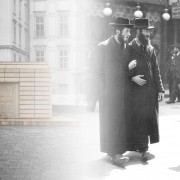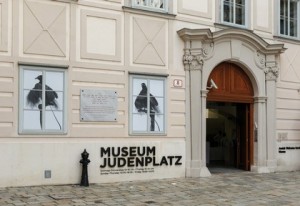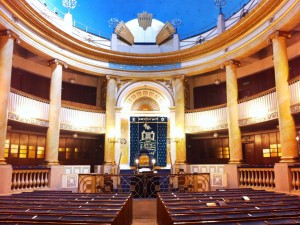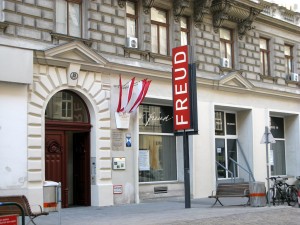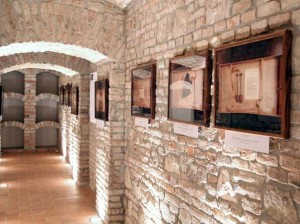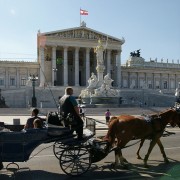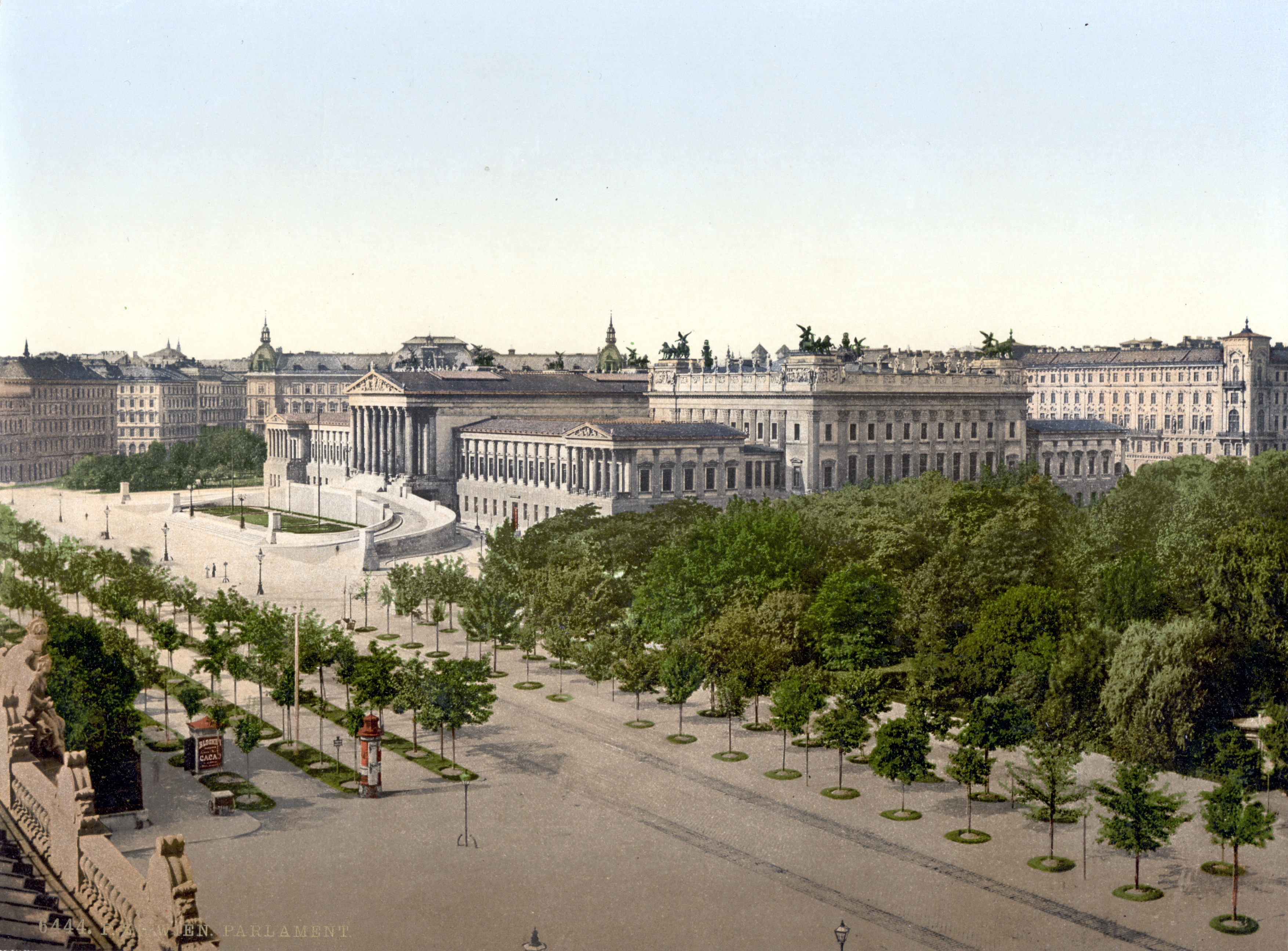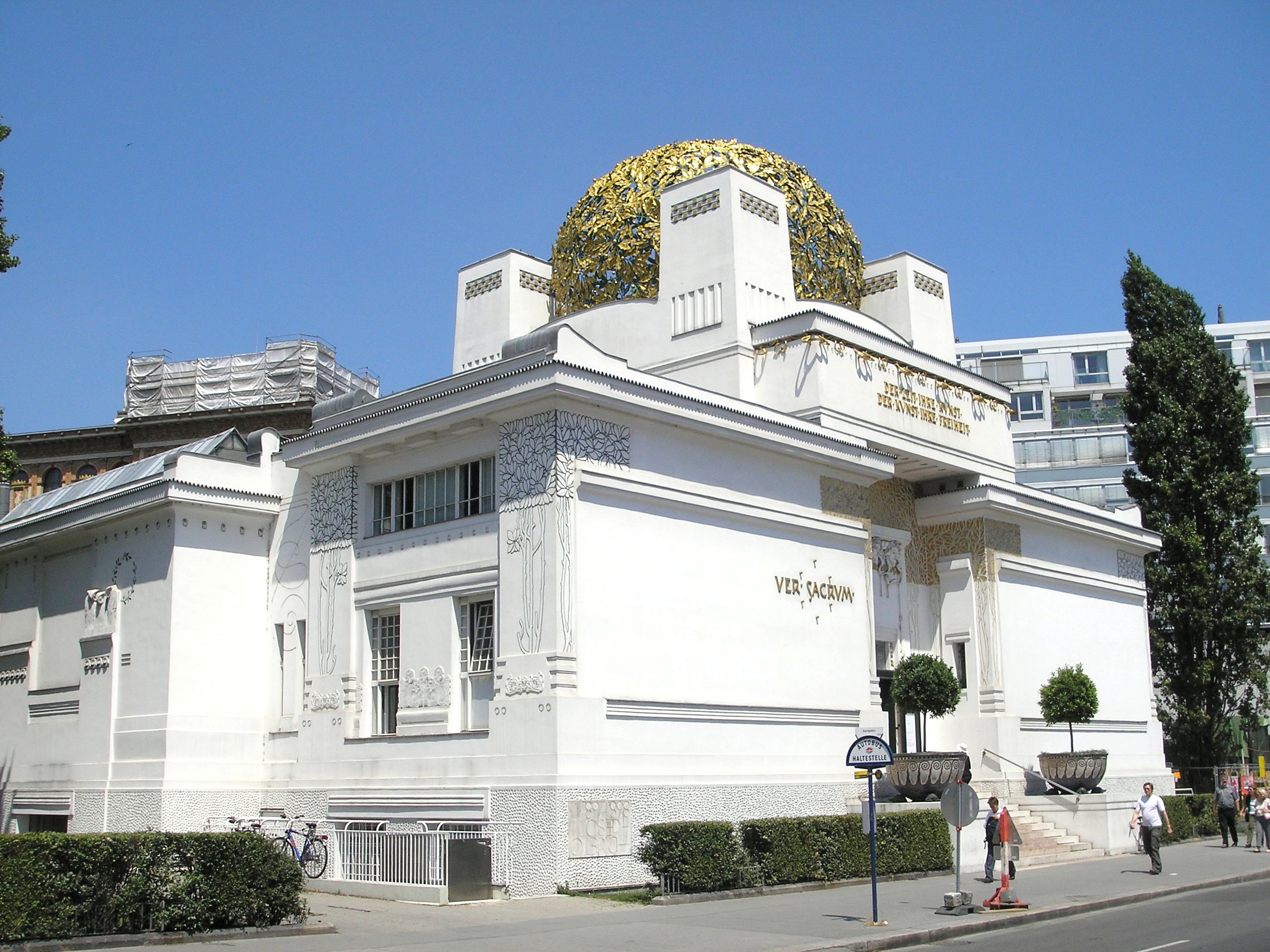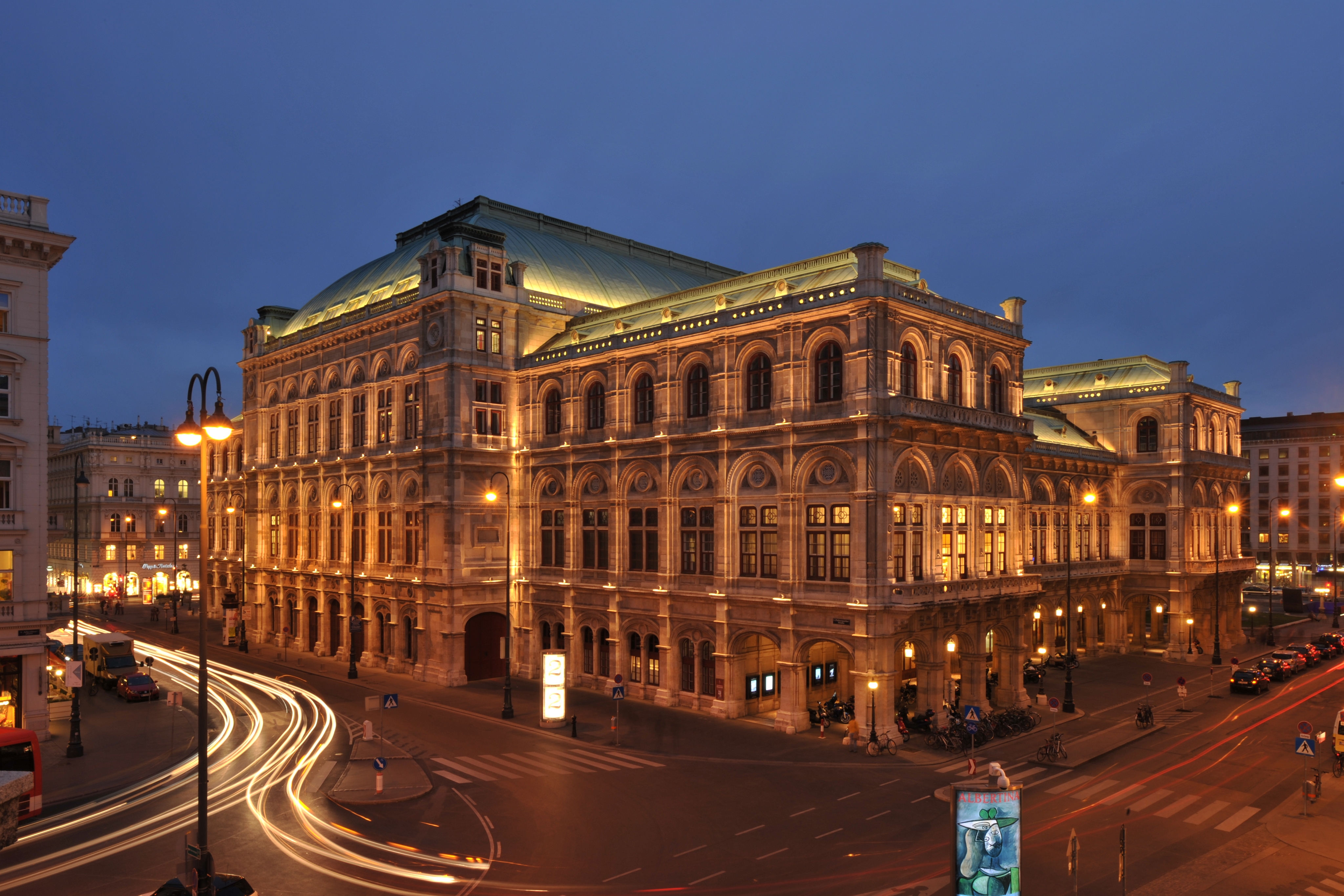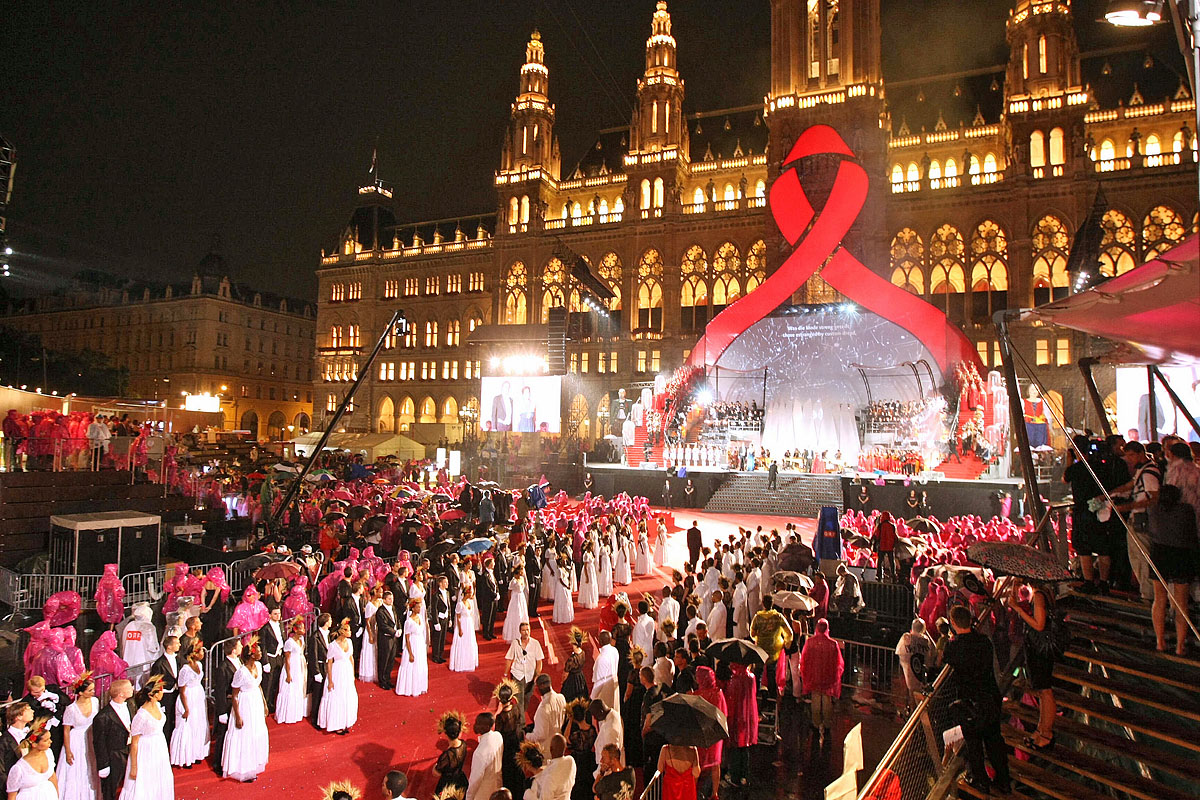Only few metropolises in Europe can offer you such a long and extensive Jewish history like Vienna. Until the German annexation of Austria in 1938 more than 140.000 Jews lived in Vienna. While many Jews had to fled because of racist reasons in the following years Vienna still stayed connected to its Jewish culture. After the difficult reprocessing of the historical events the Jewish life was again integrated into Vienna’s daily life. Unfortunately the Jewish community – nowadays with 7.000 members – could never reach its size again. Even if the community stayed small it was totally integrated into Vienna and in 2012 the first Eruv was built in the city. This new awareness – combined with interesting relict of past days – make the Jewish Vienna a visitor’s hotspot every year. Today one can easily spent a whole day in Vienna to getting to know the Jewish Vienna. This was reason enough for us to get to know the Jewish history of Vienna and give you an insight.
Jewish Museum and Museum am Judenplatz
To understand better the Jewish Vienna and its historical background before and after the Third Reich we decided to start our day with a visit of the Jewish Museum and the Museum am Judenplatz. After costly renovations the museum was reopened in October 2011. Today visitors can experience the Jewish history at two sites within Vienna’s city centre. At the Jewish Museum near the Café Hawelka the exhibition called “Our City!” dedicates itself to the modern history of Jewish Vienna after 1945. Otherwise at the Museum am Judenplatz the Jewish history before 1938 is broached. The museum tries to give its visitors an understanding of the rise of Vienna as one of the main Jewish metropolis in Vienna and the Jewish every day life from medieval times to the time just before the annexation. Furthermore both museums offer interesting subjects and nearly endless historical contents which are displayed within special exhibitions. For us the Museum am Judenplatz was especially interesting. Especially the integration of ruins of an old synagogue within the museum combined with the historical information of the medieval rising of the Jewish community and the vandalism after 1938 gave an interesting point of view on the topic. The memorial of Rachel Whiteread in front of the museum brings a special atmosphere to the spot and lets visitors not forget the frightful acts which had taken place not so long ago.
Where: Jewish Museum, Dorotheergasse, 1010 Vienna – Museum am Judenplatz, Judenplatz, 1010 Vienna
When: Jewish Museum: Sun – Fri: 10.00 a.m. – 6.00 p.m. – Museum am Judenplatz: Sun – Thu: 10.00 a.m. – 6.00 p.m., Fri: 10.00 a.m. – 5.00 p.m.
Admission: Adults: € 10,-; Students: € 5,–; admission to both museum within 4 days
How to get there: Both museums are located close to the metro station Stephansplatz. You can reach it from Palace Hostel Vienna directly with the U3 from Ottakring. From Hostel Wien Hütteldorf you can reach Stephansplatz with the U4 and U1.
Synagogue at the Stadttempel
The only remaining synagogue after 1945 was the synagogue at the Stadttempel. Its special location within apartment houses made it resistant against the vandalism of the Nazis. The synagogue was build by the famous Viennese architect Josef Kornhäusel in 1825/26 as a classical Biedermeier work. It was in combination with the memorial for the victims of the Shoa opened to the public in 2002. The synagogue can only be visited within a guided group. The tours start every Monday to Thursday at 11.30 a.m. and 2.00 p.m.
Where: Stadttempel, Seitenstettengasse 4, 1010 Vienna
When: only as a guided tour – tours: Mon – Thu: 11.30 a.m. & 2.00 p.m.
Admission: tour price: € 5,–
How to get there: The Stadttempel is situated within an apartment district close to the metro station Schwedenplatz. From Palace Hostel Vienna you can reach the metro station with the U3 and U1. From Hostel Vienna Hütteldorf you can take the U4 and U1.
Sigmund Freud Museum
One of the most famous Jewish characters of the city is beyond doubt Sigmund Freud. The founder of the psychoanalysis and one of the most influential thinkers of the 20th century moved with his family to Vienna when he was four years and spent nearly his whole life in here. Only one year before he died and only a few months after the German annexation Freud fled to London. We wanted to learn more about this exceptionally gifted person and therefore we set out for his former apartment at the Berggasse 19. The museum is located in the former apartment of Freud where he spent most of his lifetime and where nearly all of his work was written. Furthermore a psychoanalytic research centre with more than 35.000 subjects is connected to the museum. You unfortunately cannot find the famous couch on which Freud’s patients took place. When Freud fled to Vienna he was able to take a bigger part of his furniture with him. That’s why you have to visit the Freud museum in London when you want to see his couch.
Where: Berggasse 19, 1090 Vienna
When: daily from 10.00 a.m. – 6.00 p.m.
Admission: Adults: € 9,– – Students: € 6,50,–
How to get there: From Palace Hostel Vienna you can reach the Sigmund Freud museum by taking U3 and U2 to Schottentor. From Hostel Vienna Hütteldorf it’s the best way to take U4 to Schottenring.
Memorial Museum
Our final stop during our tour through Jewish Vienna was a visit to the Memorial Museum. You can only visit the museum on appointment but it offers you an interesting and also sad insight into the life of the Jewish community during the years 1938/39. After the November progrom the British government loosen the visa regulations for Jewish under 18 to guarantee a secure emigration from Austria, Germany and Czechoslovakia. As a result the Kindertransports were organised. Without their parents, only one suitcase and few memories more than 10.000 children set out for a better life in Great Britain. Spread on 24 trains the children left their families and friends back with the friable feeling of possibly never seeing them again to start a new and better life for them in Great Britain. In spite of the plan of bringing the children back to their families after the war many of them never left their host families in Great Britain as they were parentless after the war. At the museum you can find countless exhibits, suitcases and utensils which children took with them and much more combined with aplenty of background knowledge.
Where: Radetzkystraße 5, 1030 Vienna
When: Mon – Fri, on appointment
How to get there: Take the U3 from Palace Hostel Vienna and the U4 from Hostel Vienna Hütteldorf nonstop to Wien Mitte.

